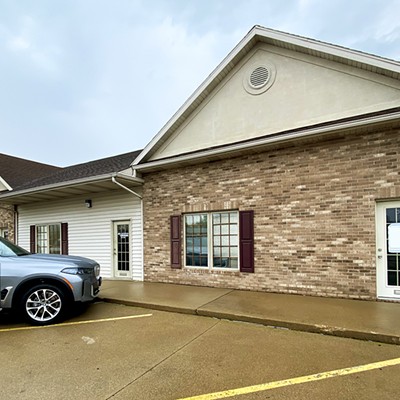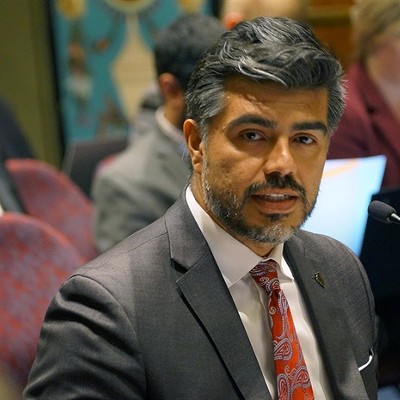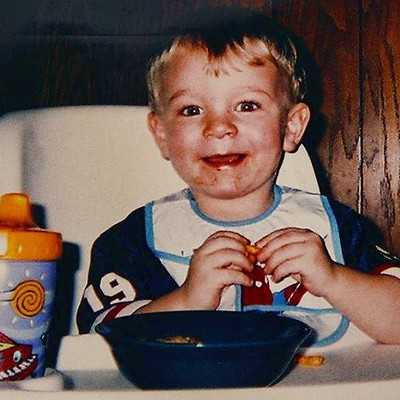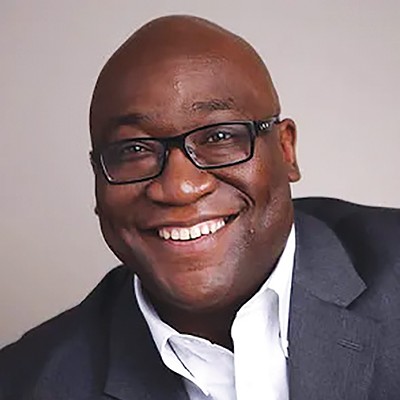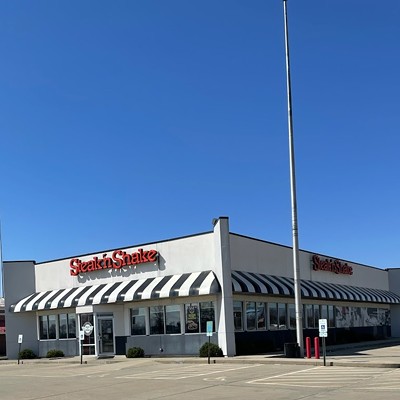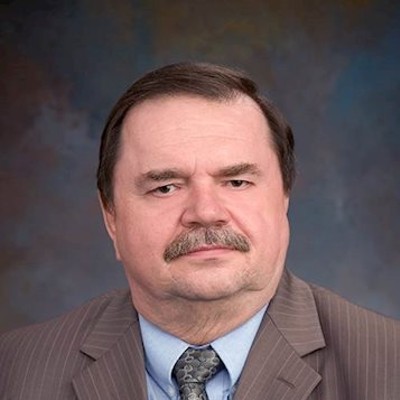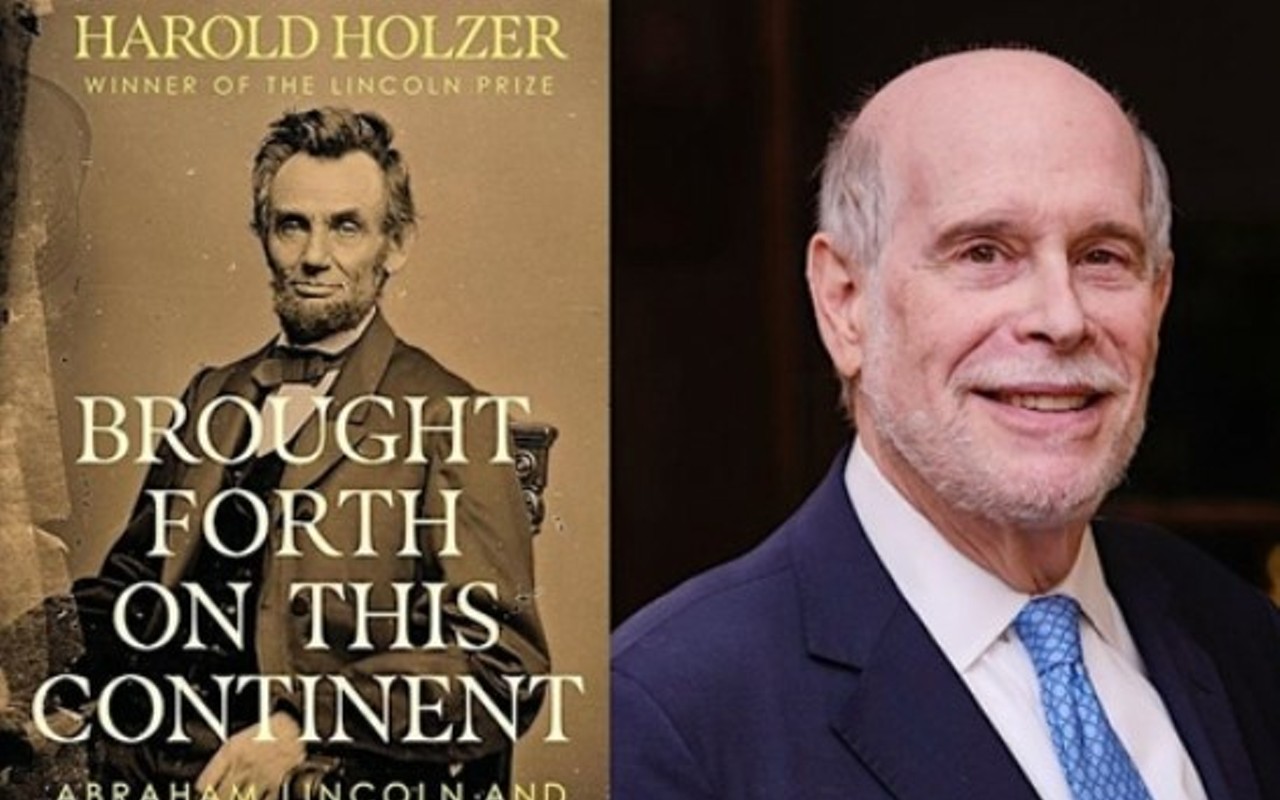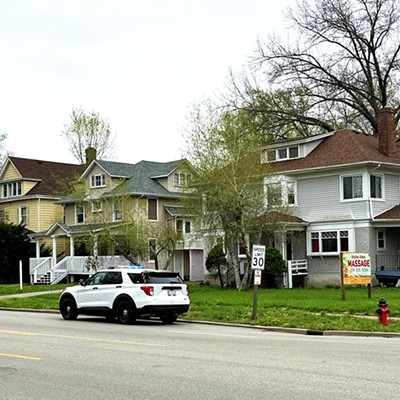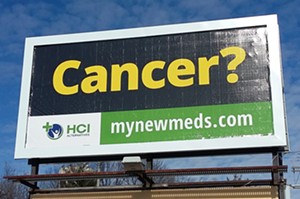
Legalize it,
And I will advertise it.
--Peter Tosh, 1976
The billboard on South Ninth Street, a few blocks south of the Sangamon County courthouse where pot smokers and dealers are routinely prosecuted, is not subtle.
“Cancer?” it reads in massive block letters. “ HCI Alternatives, mynewmeds.com.”
The website is operated by Health Central Illinois Alternatives, which hopes to open medical marijuana dispensaries in Collinsville and downtown Springfield next month. The company has recently erected 17 billboards in the capital city in preparation for opening day.
State law forbids cultivation centers, where marijuana is grown, from advertising, although the centers cannot sell directly to the public. Dispensaries can advertise, but signs must be at least 1,000 feet away from schools, playgrounds, recreation centers, daycare centers, parks, libraries, public transit centers, public transit vehicles and game arcades that allow minors.
Chris Stone, chief executive officer of Health Central Illinois Alternatives, said that he wanted to place ads on radio and cable television but was rejected by stations who said that lawyers advised that the Federal Communications Commission would take a dim view, given that marijuana is illegal under federal law.
“We were very prepared to run advertisements on cable television and radio – tasteful ones – and we got shut down,” Stone said.
Cancer is one of 37 conditions that the state has decreed can be legally treated with marijuana. It is easier to fit onto a sign, not to mention spell, than chronic inflammatory demyelinating polyneuropathy, a neurological disorder that is less common than cancer.
“You can’t even pronounce it, much less fit it on a billboard,” said Stone, whose signs also target sufferers of chronic pain. “The spots are a little in your face. But it’s not medical cannabis in your face.”
Green crosses near the bottoms of the signs are the biggest hint that the billboards are the work of the cannabis industry. The goal, Stone said, is to educate both the public and physicians about marijuana’s potential to treat medical conditions. Once the Springfield dispensary opens on Adams Street, the company expects to put the address on signs, Stone said. Eventually, he said, the names of doctors willing to recommend marijuana to patients might be included on the company’s website.
Don’t look for billboards featuring neon bongs or “This bud’s for you” slogans.
“You will not see that from us,” says Stone, who vows that advertising will be in good taste.
Stone said he believes that the signs have already created a buzz, no pun intended.
“We’re definitely getting more phone calls than we did a month ago,” he said.
The state’s medical marijuana program, which took effect last year and is scheduled to sunset in 2018, is well behind projections. Backers predicted tens of thousands of Illinoisans would obtain cards allowing them to buy pot, but the state has issued fewer than 4,000 cards, according to the most recent numbers from the Illinois Department of Public Health. Legal sales began last month. The state has so far shown little inclination to expand the number of conditions for which marijuana can legally be used.
Stone said he believes that dispensaries will compete for patients, who must register with the state to use just one dispensary as opposed to buying marijuana wherever they wish. Patients can switch dispensaries, Stone said, and his company will have kiosks in dispensaries to allow would-be customers to do exactly that.
Despite fewer than expected patients, the state’s reluctance to allow more conditions to be treated with pot and a sunset date of Jan. 1, 2018 for the program, Stone said he believes the future of medical marijuana in Illinois is bright. The governor and the General Assembly, he predicted, will expand the program and extend or eliminate the sunset date.
“This is, arguably, the number one new job creator in this state over the last 10 years,” Stone said. “You’re talking about $400 million in new investment, between dispensaries and cultivation centers, and 1,000 to 1,200 FTE’s (jobs). I’d be absolutely shocked if the General Assembly and the governor decide to shoot this down.”
Contact Bruce Rushton at [email protected].


